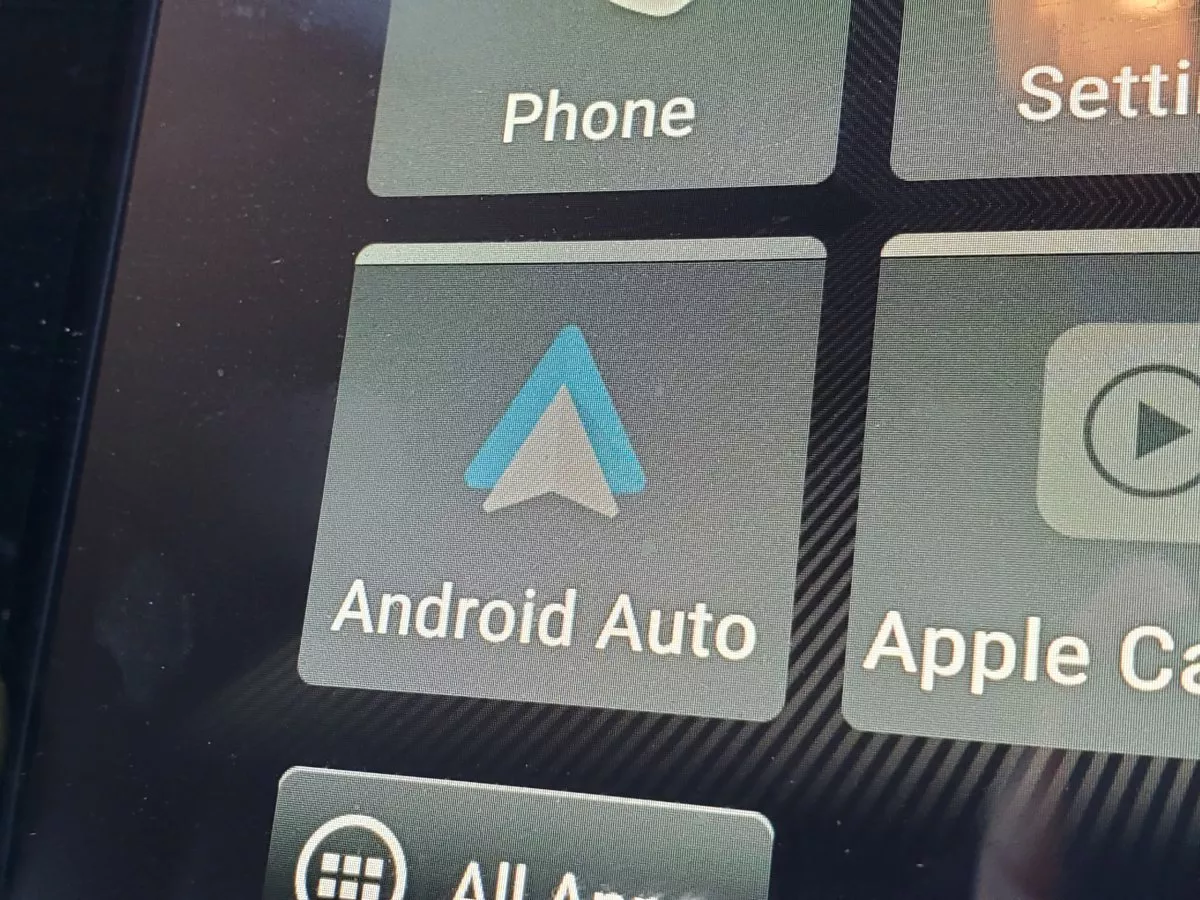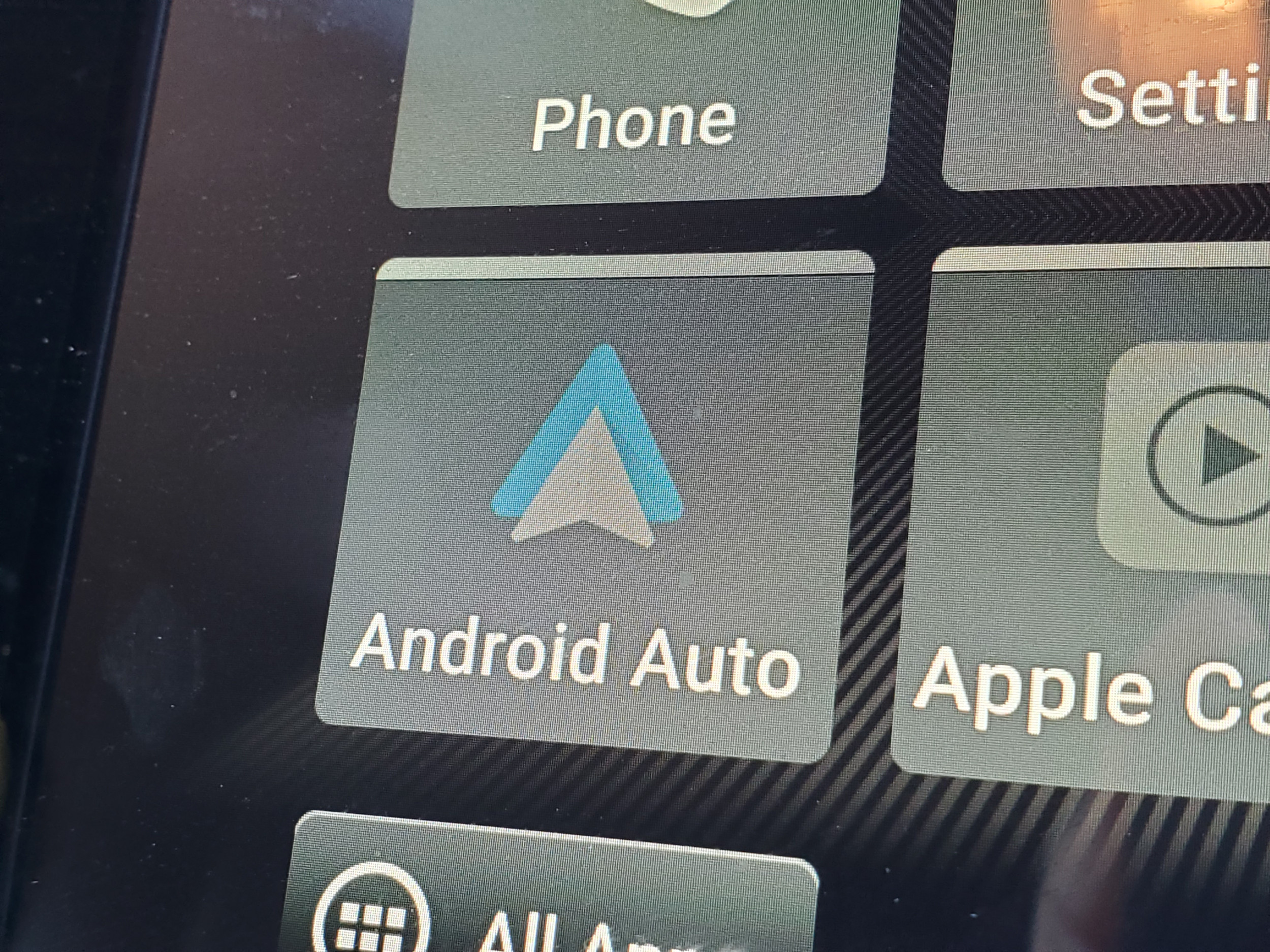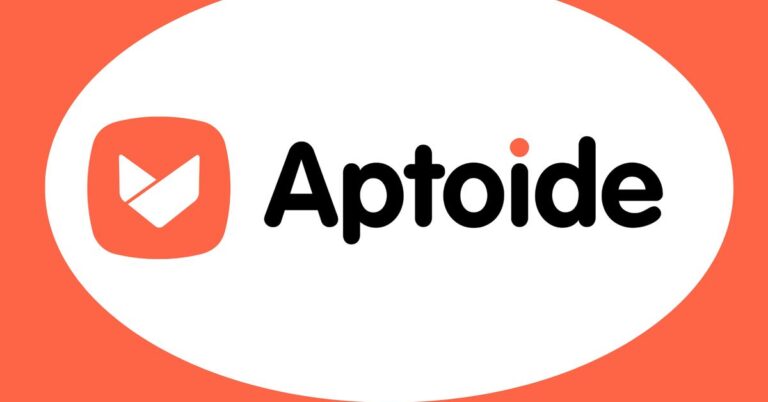Android users warned as apps steal banking information
Android owners are being warned after a study found that nearly 100 “malicious apps” are stealing users’ bank account information.
Read more: These online banks offer maximum fees
A recent report from Zscaler, a cloud security company, said that more than 90 of the malicious apps were in the Google Play store, with Android users installing them on their devices more than 5.5 million times.
“User security is a top priority for Google Play,” a Google spokesperson previously told media company Nexstar, adding that all apps that were identified as malicious had been removed from the platform.
Android users were specifically warned about the Anatsa malware, also referred to as TeaBot. This malware can quickly obtain your banking information and use it to drain your accounts.

Smith/Gado/Getty Images Collection
TeaBot was often discovered in downloadable apps that let you read PDFs or QR codes. Unbeknownst to Android users, they would invite malware that then allowed scammers to steal your money.
Read more: Compare the best high-yield savings accounts to grow your savings
“Androids may be more targeted by fraudsters than iPhones, mainly because it’s easier to download apps for Android phones from sources other than the Google Play Store, which makes it easier for fraudsters to avoid screening,” fraud expert Steve Weisman, a lawyer and professor. at Bentley University, said Newsweek.
Users may be unaware of the threat until much later because the apps appear legitimate to the untrained eye.
Two of the most popular malicious apps were PDF Reader & File Manager and QR Reader & File Manager. Both had over 70,000 installs at the time of the report.
“This campaign mimicked PDF reader and QR code reader apps, as is often the case, to attract a large number of installs,” Zscaler said. “The high number of installs further helps trick victims into believing these apps are genuine.”
Read more: Best place for short-term investment: CD vs. High-Yield Savings Account
At 39 percent of malicious apps, utility apps were more likely to harbor this type of malware. Personalization, photography, productivity, and health and fitness apps were also top contenders.
Experts recommend several strategies to help protect against stealth apps and malware. For one, download count and reviews can indicate how trustworthy an app is to download.
There’s also a tool called Google Play Protect, which will automatically remove or disable apps known to contain malware, according to Google.
“The hard truth is that no one is immune,” said Michael Ryan, a finance expert who runs MichaelRyanMoney.com. Newsweek. “Whether it’s phishing scams, gas pump skimmers or data breaches that expose your information, bad guys are working overtime to get those precious 16 figures. I’ve seen customers devastated, not just by the money lost, but from the feeling of being violated.”
Ryan said all consumers should be vigilant and check their bank statements regularly to make sure their information hasn’t been stolen. You can also set alerts for any large payments made, so you’ll know right away if a fraudster has obtained your financial information and, hopefully, can refund your money.
“The longer a thief has access, the more damage they can do,” Ryan said. “Contact your bank as soon as possible, put a freeze on the accounts and monitor your credit report closely.”
He continued: “A few simple habits are a lot easier than coming clean from a six-figure fraud case. Staying ahead of fraudsters is a constant battle, but one you can’t afford to ignore in today’s digital world. Security your financial needs should be the main priority”.
Unusual knowledge
Newsweek is dedicated to challenging conventional wisdom and finding connections in search of common ground.
Newsweek is dedicated to challenging conventional wisdom and finding connections in search of common ground.
#Android #users #warned #apps #steal #banking #information
Image Source : www.newsweek.com





